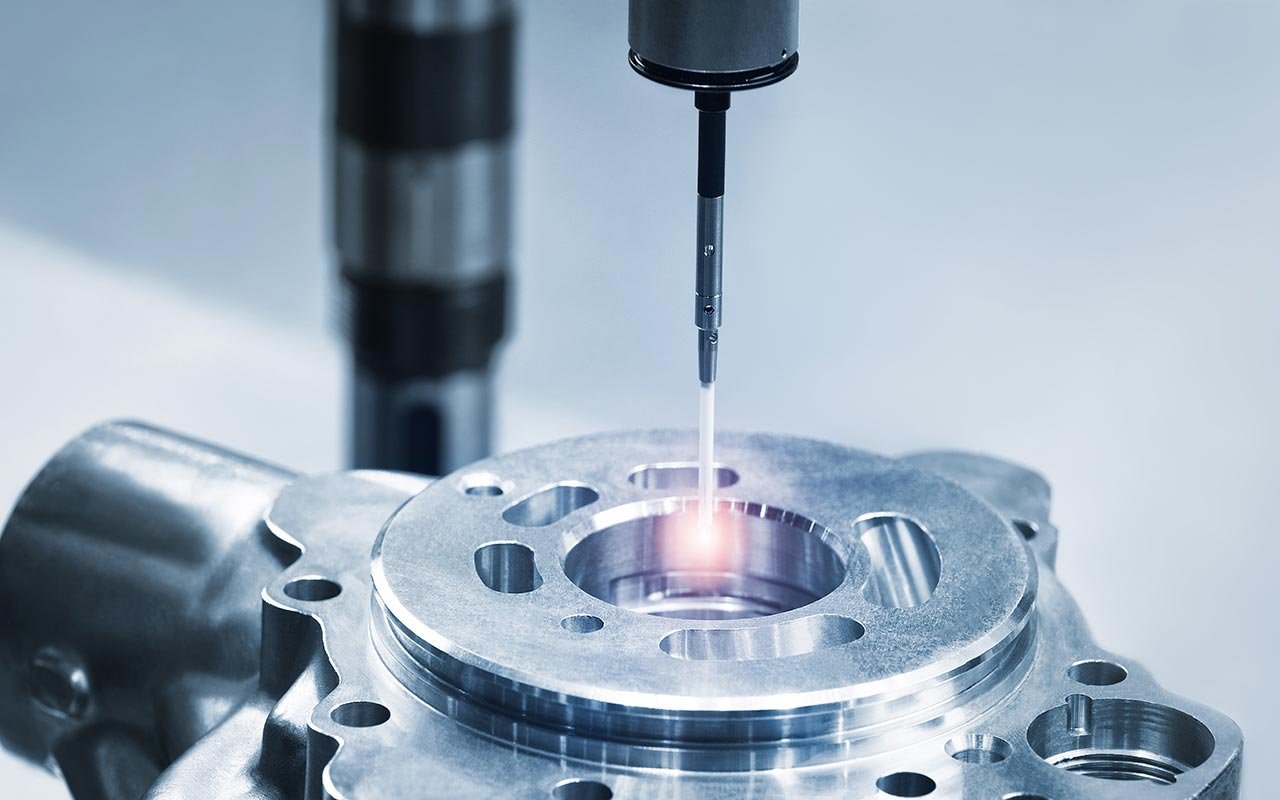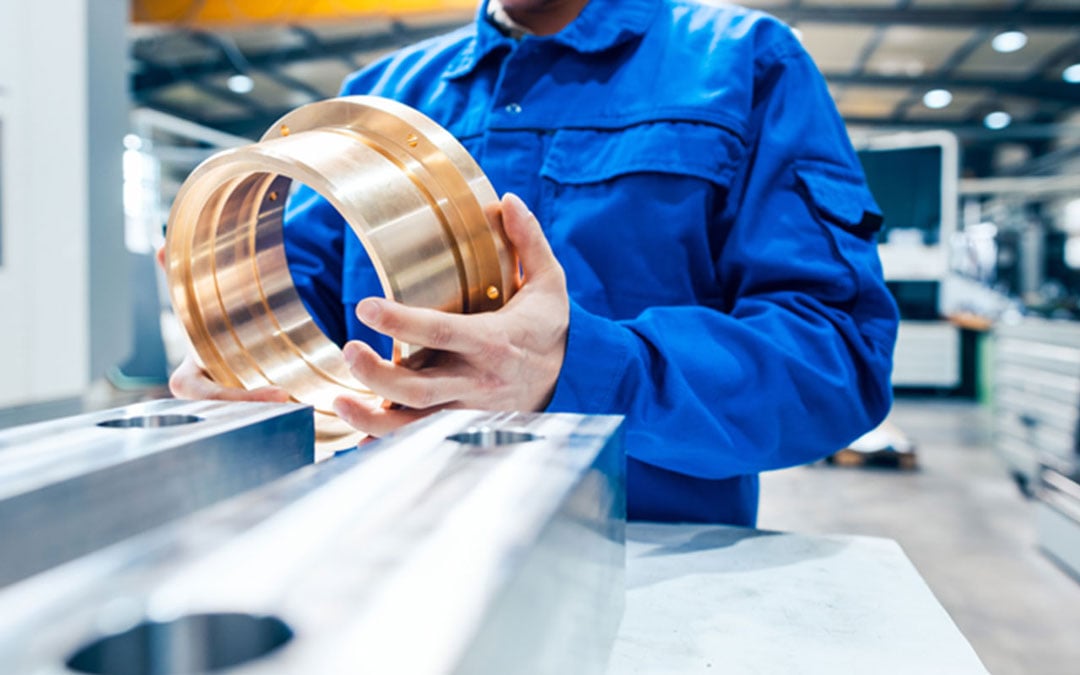Why is demagnetization becoming an ever-increasing necessary process?
Hardness testing of mechanical components
Mechanical components with specific material properties are used in industry, the automotive sector, and many other sectors. These components are carefully designed with the properties of the alloy, surface quality, or hardness to function adequately and withstand the requirements of the application. Due to process fluctuations in automated production, however, these properties may differ to the point that the component no longer meets the crucial requirements.

Hardness test methods for automated production
One component property that has a decisive influence on material quality is hardness. In the industrial sector, specific hardening processes are used which are tailored to the specific component and its requirements. A constant hardening process is crucial in which, among other things, the target temperature is reached in the hardening furnace and does not scatter within the furnace. If the hardening process varies, for example, due to changed or incorrect process parameters, this can have a major impact on the specified hardness. In these cases, the hardness of these components deviates greatly from the specification. This affects both the absolute values and the scatter from component to component.
Overview of hardness testing methods
The industry has established different hardness measurement methods. The Vickers, Rockwell or Brinell method are among the most commonly used. However, not all hardness testing methods are suitable for use in series production. In this case, critical parameters are the cycle time to be observed and the lowest possible damage to the component. Therefore, eddy current devices go into action as a non-destructive hardness testing approach.
Note: The difference between a measurement and a test is that the test cannot be traced back to an ISO standard.
Hardness test with eddy current devices
Every ferromagnetic material has a unique magnetic fingerprint of its permeability at different frequencies. This magnetic fingerprint changes with the hardness properties of a material. By using alternating magnetic fields and the associated material-specific response, the hardness of a metallic alloy is determined under known material conditions provided that known material values are available as a reference. These are used to establish a correlation between hardness values and magnetic values. Various methods and devices for determining the hardness of metallic alloys are available on the market.
Challenges in hardness testing with eddy current devices
The hardness test with eddy current devices comes with two decisive advantages: it is non-destructive and works with clock rates in the millisecond range. The process has become well established in production in recent decades. Its use requires certain boundary conditions for meaningful results such as constant test part positioning and test speed, a reproducible test process, and the lowest possible residual magnetic fields (less than a few A/cm)
Learn more about hardness testing with eddy current. Read our eBook about challenges and solutions for hardness testing. Click here!
Demagnetization of components in hardness testing
To test the hardness or hardness depth of eddy current devices on ferromagnetic components, it is recommended to demagnetize the component before the actual test. Demagnetization is required to remove the magnetic fields in the material that counteract those of the eddy current probe. This interaction can influence the test so strongly that the test results exceed the sorting threshold and the test piece is declared as a bad part despite its sufficient properties. This increases the pseudo scrap of production.

To reduce this pseudo rejection, it is necessary to demagnetize the test objects before the eddy current test. For demagnetization, strong alternating magnetic fields are generally impressed into the component with a decreasing amplitude and variable frequency. As a result, the test part runs through a demagnetization loop which continuously gets smaller. The process is completed when the magnetic field remaining in the component no longer interferes with the hardness test. In general, it is very difficult to free the component from the magnetic field completely. In most cases, it suffices to reduce the magnetic field to the size of the earth's magnetic field. Some components contain magnetic spots or fields in different axes of action of the magnetic field. If demagnetization with high precision is required, it is advantageous to insert the component in different orientations in the demagnetization coil. Yet, in automated processes, this is usually not possible.
In the case of materials with a very high remanence, larger residual magnetic fields remain are possible to remain even after intensive demagnetization. With magnetic field probes, these can be detected and checked in a separate procedure.
The company Cestriom with its founder Marek Rohner is a specialist in the demagnetization of components. Together with the company FOERSTER, Cestriom developed the demagnetization unit ZMAG, which meets the requirements of series production for the demagnetization of components.
Share this
You May Also Like
These Related Stories

The most common mistakes in crack testing - and their solution!

Hardness testing – The 7 largest challenges with eddy current systems


